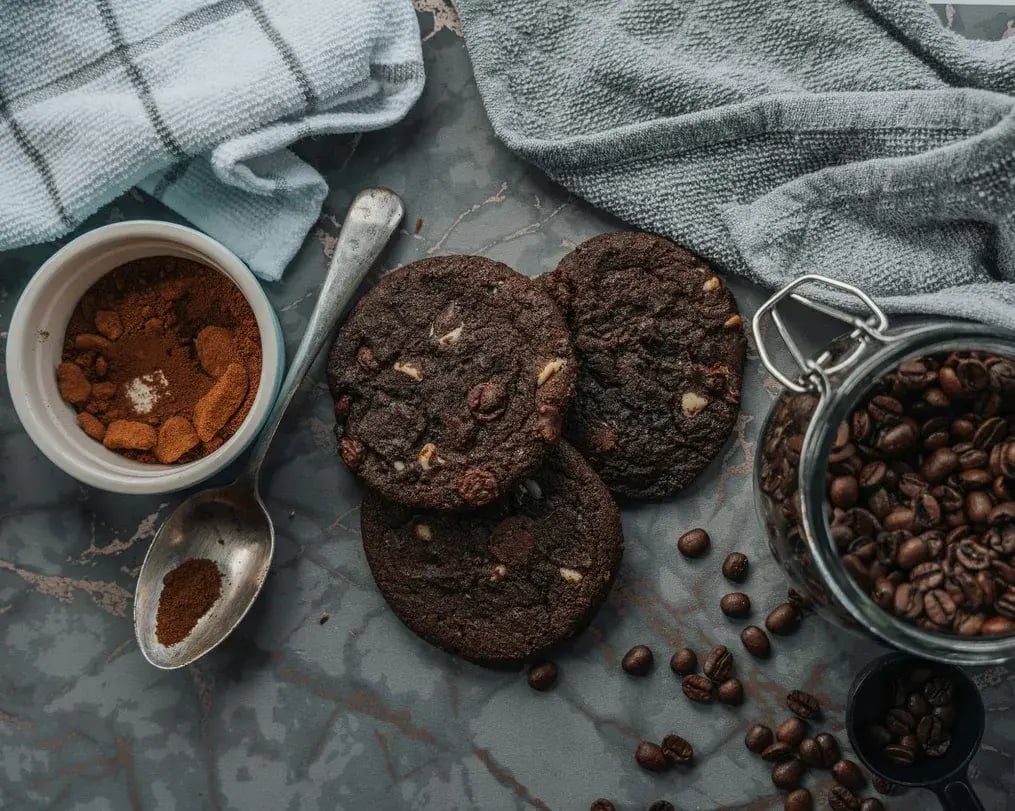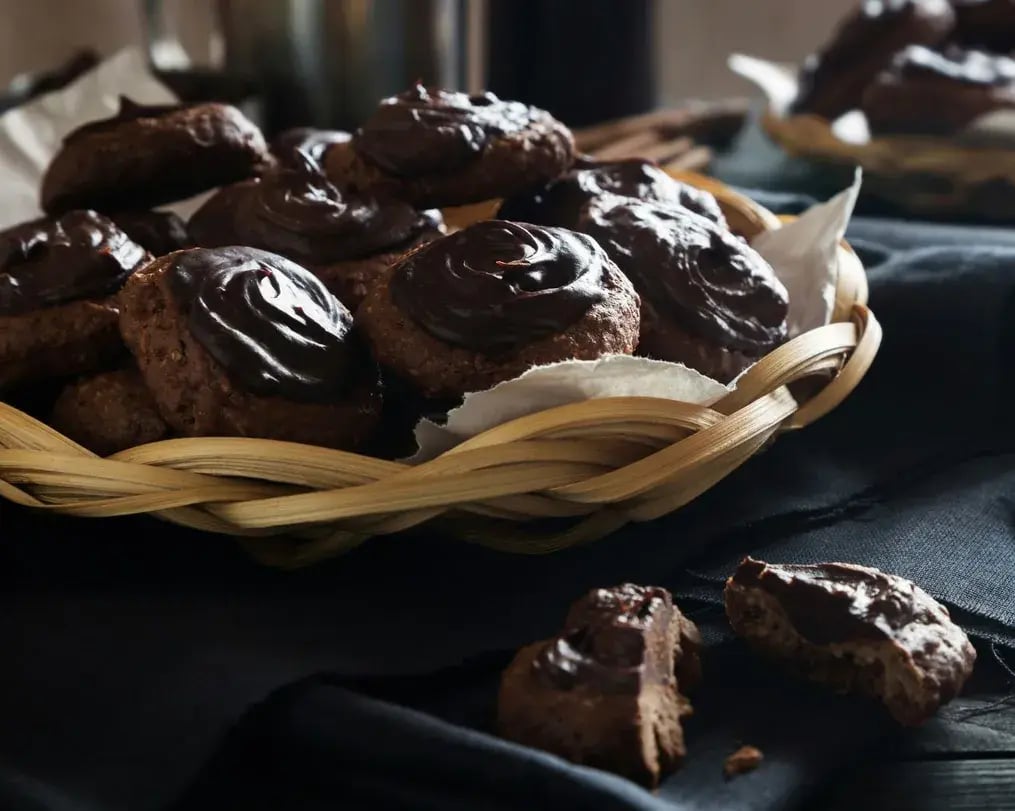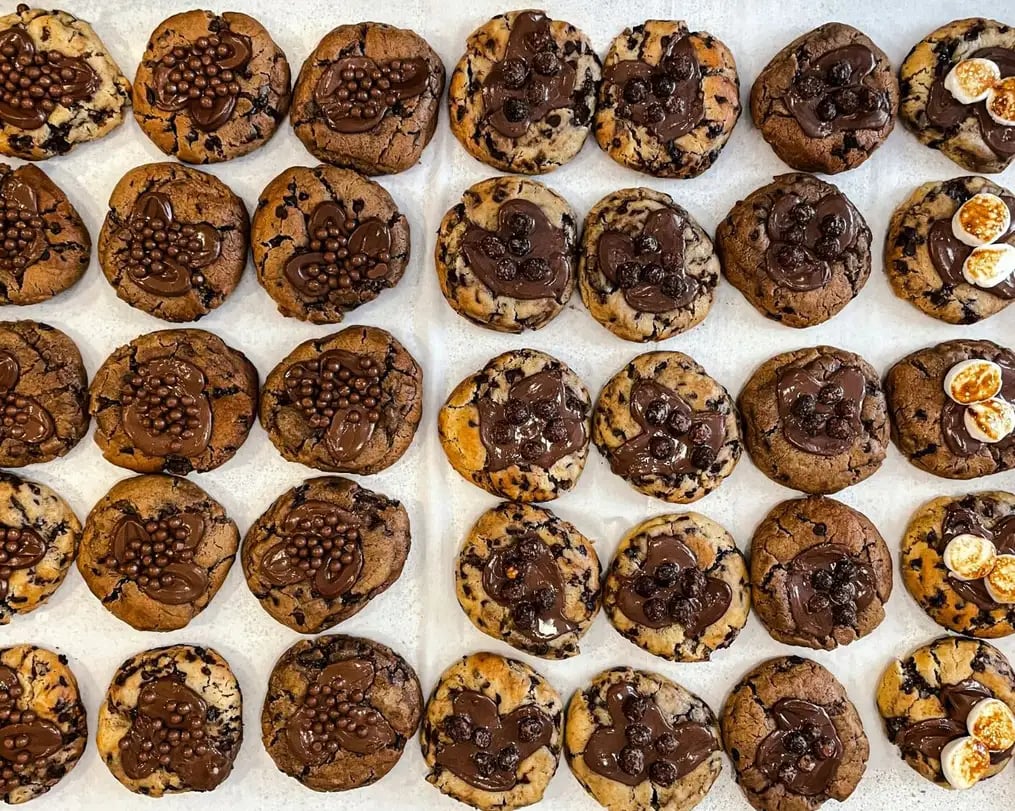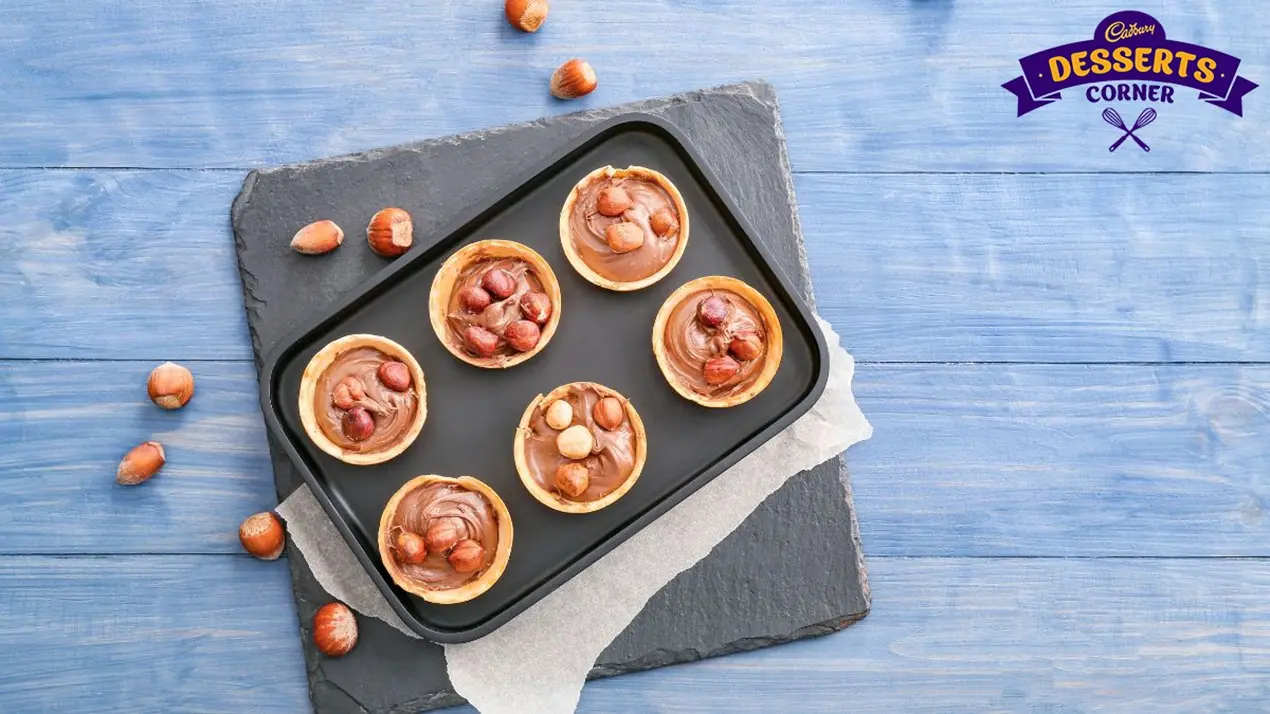FAQs and tips on how to keep chocolate chip cookies with syrup from spreading too much and keeping shape

Cookies with syrup in them, or on them are meant to be thick, soft in the middle, and packed with chocolate swirls, not flat, crispy disks that run into each other on the baking tray. If you’ve ever watched your beautiful cookie dough slowly melt into one big cookie blob in the oven, this guide is for you. It’s likely you are overdoing or under-doing something. Here’s what really causes cookies to spread too much, and how to stop it from happening.
1. Warm Dough is a Cookie’s Downfall

If your dough is too warm when it goes into the oven, the butter will melt faster than the rest of the dough can set. That’s how you get cookies that look more like pancakes than cookies. This problem is especially common when you’ve melted the butter to mix your dough (which this recipe does) or added something warm, like a freshly made chocolate swirl.
What to do: Chill your dough for at least 3 hours, or overnight if you can wait. Cold dough spreads slower, which means your cookies keep that thick, soft-in-the-middle shape. It might feel like overkill, but skipping the chill time is the fastest way to ruin a great batch.
2. Eyeballing Flour? That’s Risky
Flour acts like the frame of a cookie, it keeps everything from falling apart as the heat hits. If you don’t use enough, your dough won’t hold together, and you’ll get greasy, shapeless cookies that bake too fast and too flat. If you scoop flour straight from the bag, you’re likely packing in too much or too little without realizing it.
What to do: Use a scale if you have one, and weigh out the flour (2 3/4 cups equals about 330 grams). If you're using measuring cups, don’t scoop directly from the bag. Instead, stir the flour first to loosen it, spoon it into the cup, then level it off with the back of a knife. It’s a small step, but it helps keep things consistent.
3. Hot Chocolate Sauce Is the Silent Cookie Killer

It might seem harmless to swirl warm chocolate into the dough, after all, it’s just a few spoonfuls. But even a little heat can soften the butter all over again, which undoes all that chilling you just did. That’s when you end up with thin, oily cookies that feel like they belong in a totally different recipe.
What to do: Let the chocolate swirl cool to room temperature before adding it to the dough. It should still be pourable, but not warm to the touch. If it solidifies too much, give it a few seconds in the microwave, but don’t let it get hot. Think room-temp fudge, not hot fudge sundae topping.
4. How You Shape the Dough Matters
The way you roll your cookie dough can totally change the way it bakes. If you make short, wide balls, they’ll flatten out more quickly in the oven. That means thinner cookies and less of that soft center everyone wants.
What to do: Roll your dough into tall, slightly narrow mounds, almost like little cylinders. This shape lets the base bake while the top stays thicker, giving you a nice soft bite without the cookie falling apart. You’re not aiming for perfection here, just avoid wide, flat scoops.
5. An Oven That Lies Will Ruin Your Batch

A lot of ovens run hotter or colder than the number on the dial. If your oven is too cool, the cookies won’t bake fast enough to hold their shape. If it’s too hot, the butter melts before the rest of the dough can catch up, and you get the same sad result, cookies that slide all over the tray.
What to do: Always preheat your oven fully, don’t guess. And if your cookies still aren’t turning out the way they should, try using an oven thermometer. They’re cheap, and they’ll tell you the real temperature inside. A 25-degree difference can completely change how your cookies bake.
Bonus Tip: The Test Cookie is Your Friend

If you’re not sure whether your dough is ready, or if you’ve made a few changes to the recipe, bake just one cookie first. It only takes a few extra minutes, and it’ll show you right away if the dough needs to chill longer, if the flour was off, or if something else is causing problems. It’s a simple, low-stress way to fix things before you commit to a full tray.
Like This Article?
More Like This




Popular Articles





Trending Web Stories
Curated Recipes


















